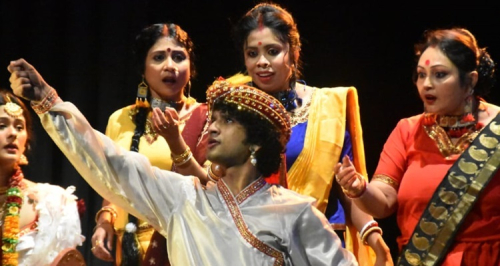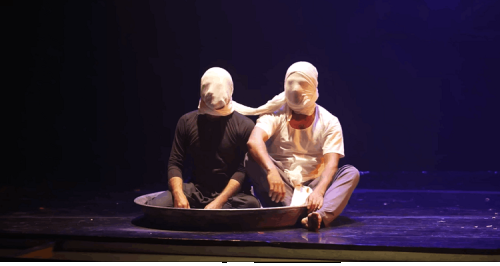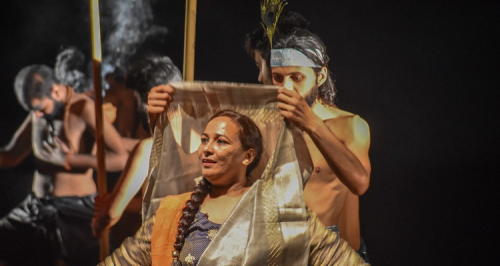Kuhaimaravasigal (Cave tree dwellers)
How often do we sidestep individuals who are not useful in our paths of attaining wealth and success? How often have we opened our ears to the stories of hopelessness, anguish, and desperation that each migrant carries in his heart?
Kuhaimaravasigal (Cave tree dwellers) tells the story of not just one but many people who have migrated from the Indian states of Uttar Pradesh, Bihar and the Northeast to the southern state of Tamil Nadu.
Imagine walking into a multi-storied building which has a maze-like structure through a staircase. You are reaching every floor with every step of yours and each floor has a different character, a different setup and a different sight. Watching Kuhaimaravasigal is an experience exactly like that. The story has many layers and each scene is unfolding a different layer interlinked by the problem that every migrant shares.
Initially the play lays emphasis on the widespread practice of conversion of lands in the name of development. Tribal people are being denied even the basic necessities of air and water.As the story moves on to its second scene, the audience is introduced to the concept of the world of equality in difference, a world which is characterized by war and deaths.
Describing the music and choreography of the play as the real hero would be an understatement. Dance has always been an integral part of cultural and religious life, said S Karmegam, who handles the public relations of the team. More than the dialogues, it is the music and the choreography that play a significant role in telling the story.
Swaying of the broom, the ways in which the bodies rise from the dead, beating of drums, playing flutes every movement is perfectly measured and delivered brilliantly by each member onstage.The story draws its major strength from the use of clothes and musical instruments rooted strongly in culture and tradition.
Thudumbu, Didgeridoo and Djembe are some of the instruments that are used effectively to build the momentum, tension and drama in the story. The story that talks about inland refugees and people from Jharkhand migrating to Tamil Nadu sticks to the originality and uses tribal flutes traditionally associated with Jharkhand as well. Further, the story moves towards the painful and liberating politics of life and love, future and past.
One of the unique points that set the play apart is the technique through which horror is evoked. There are no conventional, outright scary methods, ready to make you jump out of your chairs, rather it is a combination of usual methods performed in a unusual manner. A headstand for example, achieved the effect without choosing any conventional method employed usually to convey the terror.
Dolls who have witnessed the land more than the humans are chosen as props to tell the story and sing a song of a new world. An Inherent dependence of human on nature and the dichotomy of identity are some of the other layers explored in the play.
Thilaka Vathai, an audience member, said I loved the use of traditional instruments, scene by scene development was amazing. Seema MP, another audience member, further appreciated the choreography and music utilized in the play.
Stemmed from street theater, the play was a total experience for the audience.
— Samridhi Roy





Leave a reply